Experience, Exclusivity, Excitement (The True Potential Of Limited Editions)
In my very first luxury book "The Luxury Formula" (2008) I described true Luxury as a "Piece of Art". Highly unique, exceptionally crafted, in its extreme only available in one piece world wide. And I could show that the value created simply skyrockets when luxury brands reach this extreme and create a highly desired piece.
Following this insight, limited editions are an amazing opportunity for companies to create interest, desire, improve their brand value and sell products at (significantly) higher price points. And this is where luxury can unleash its true potential: in Nonlinear pricing, which is one of the core competencies and services of Équité: with our tools we model the up-pricing potential of limited editions and develop creative solutions to achieve the exclusivity and uniqueness that is needed.
An interesting development that we observed is Porsche's recent creation of the Porsche Exclusive Manufaktur in-house workshop, that has the aim to develop very unique versions of Porsche cars for their clients, comparable with similar exclusivity departments of Ferrari, Rolls-Royce, etc. The workshop was launched with a limited edition of the iconic 911 Turbo S. The edition, called "Exclusive Series". It is limited to 500 pieces worldwide at a base price of roughly 260,000 Euro, about 50.000 Euro above the regular 911 Turbo S.
It features a special paint job ("Golden Yellow Metallic"), matching interior elements and carbon fiber applications inside and outside of the car. The detail of this specifically designed car would be very hard (or almost impossible) to match for individual customers through regular individualization (i.e. through combining options in Porsche's configurator). And by this, owners buy a very individual piece, of which they can be certain that just very few will exist in the world.
In our opinion Porsche does a lot of things right with this move:
- Unique pieces with focus on design and performance details
- Creating desire among the group of brand enthusiasts
- Collectible pieces, giving 911 owners a reason to buy additional cars
- Brand "storytelling" with strong (social) media buzz
- Adding experience and excitement to the overall brand
- Upselling at higher price points versus their "base" models
While many things seem right, we like to take a closer look with our expertise in brand equity. Our main focus is pricing: It's roughly 25% above the base, hence at a significant higher price point. Still it's attainable for many 911 Turbo S customers, so it may not seem too much out of reach and well inline with the pricing architecture of the 911. The craftsmanship to achieve the result of the Exclusive Edition goes far beyond regular "design tuning" with custom made pieces and significant individualization. What could Porsche have done differently?
There are indicators that the true pricing potential has not been fully exploited. One of the last 911 limited editions, the 911R, achieved aftermarket prices far beyond its original list price, hence collectors who bought the car had immediate and significant value gains. While many will argue that it is very good for the brand to have cars that create increasing value after the cars are sold, it is also a missed opportunity for pricing and profits. Lamborghini, for example was able to reach price deltas of 500-600% for similar alterations of base models. Far beyond the 25% of our example.
For sure it can be a strategy for a brand to under-price and by this create a reality of increasing prices over time, which in turn can draw consumers into the brand and help to give arguments for buying and collecting several cars. However, we would argue that the pricing appreciation is not only dependent on setting an attainable price point, but around desirability and exclusivity of the brand overall and the limited edition in particular. After a while the price will be forgotten, but the emotion and uniqueness of the limited piece will stay and even increase over time. And given that limited editions can be tremendous profit drivers for luxury brands, bold, non-linear pricing moves can offer tremendous profit opportunities.
But how can the right pricing strategy be defined? Tools like our Nonlinearity pricing model can help companies to identify the true pricing potential of their brand in the category they compete. And by this identify opportunities for pricing far beyond the base. In our opinion it's important to do a sound data-driven approach.
Our provocative take away for luxury brands in general is as follows: next time you develop a luxury limited edition and you plan to price it somewhat linear along your brand's pricing architecture (+10%-30%), consider that the price point may be too low, although you think it's already at a significant premium. It is well worth to explore nonlinear pricing for limited editions to realize the true potential of luxury.
Porsche is going in the right direction with its new workshop and exclusive limited editions. And with the 911 Turbo S Exclusive Series a very unique and amazingly crafted variation of the sports car icon was created. Future editions will show how much the up-pricing potential of luxury will be realized.
